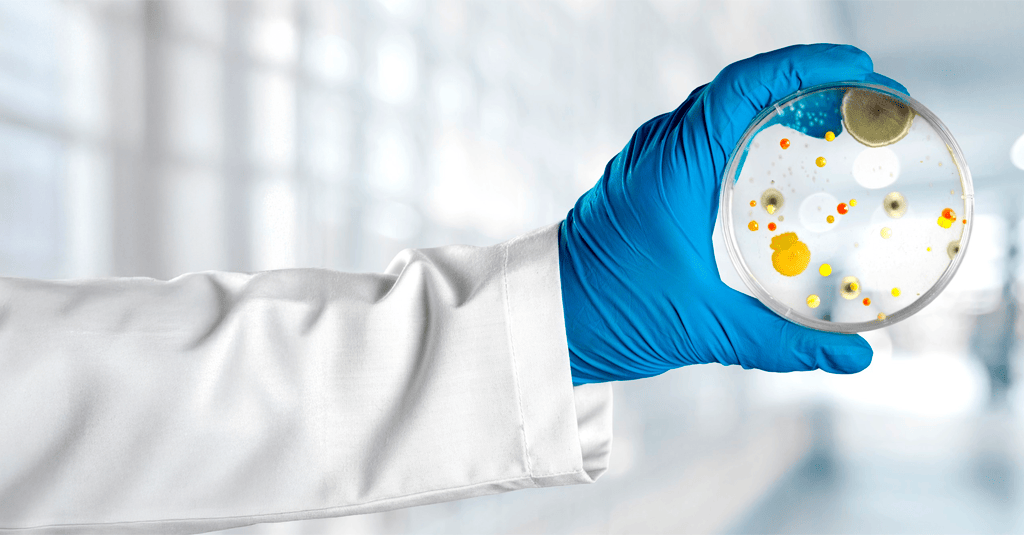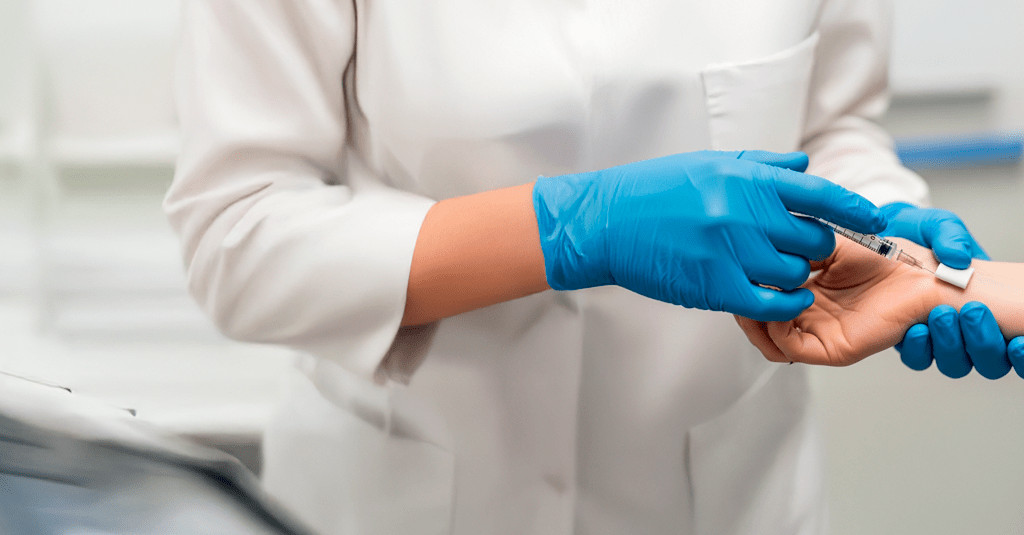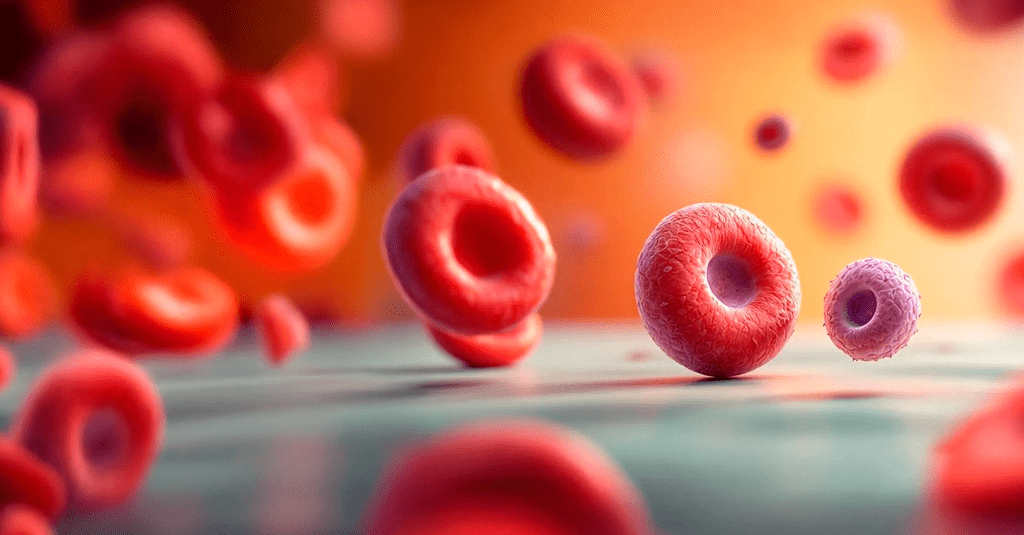During the class, Dr. José Poloni shared invaluable insights to enhance professional skills, improve daily routines, and provide a comprehensive understanding of contaminants; quality requirements for water in the clinical laboratory; international standards; specifications – CLSI, and other key points related to the topic.
Questions & Answers
Below is the question that was not answered during the Online Meeting.
If the laboratory has the appropriate conditions to carry out the procedures described below, then yes, it can be responsible.
Microbiological control: The feedwater can form biofilms, which interfere with laboratory test results and degrade equipment through biocorrosion. Biofilm is a source of endotoxins and polysaccharides, leading to contamination and a loss of water pressure. The microbiological analysis is performed using the heterotrophic plate count (THPC) technique, where the obtained value approximates the number of viable microorganisms present in the purification system. The methodologies used include the spread plate technique, membrane filtration, and epifluorescence microscopy. Microbiological control should be conducted weekly.
Reference: Mendes, M. E., Fagundes, C. C., Porto, C. C. do., Bento, L. C., Costa, T. G. R., Santos, R. A. dos., & Sumita, N. M. (2011). A importância da qualidade da água reagente no laboratório clínico. *Jornal Brasileiro De Patologia E Medicina Laboratorial, 47*(3), 217–223. https://doi.org/10.1590/S1676-24442011000300004
2.1. How to perform a total organic carbon test?
To determine the levels of organic contaminants present in water, total organic carbon analyzers are used. These devices generally operate on the same principle, which is to oxidize organic compounds, generating and measuring the carbon dioxide produced. The mechanisms for this oxidation can include: combustion, ultraviolet oxidation with persulfate, ozone promotion, or UV fluorescence.
Reference: Gestão da fase analítica do laboratório: como assegurar a qualidade na prática / organizers, Carla Albuquerque de Oliveira, Maria Elizabete Mendes. – 1st ed. – Rio de Janeiro: ControlLab, 2011.
2.2. What is the recommended frequency for TOC monitoring and microbiological analysis? Weekly, monthly?
TOC analysis should be performed monthly to ensure the absence of organic molecules. Microbiological control should be carried out weekly.
Reference: Mendes, M. E., Fagundes, C. C., Porto, C. C. do., Bento, L. C., Costa, T. G. R., Santos, R. A. dos., & Sumita, N. M. (2011). A importância da qualidade da água reagente no laboratório clínico. *Jornal Brasileiro De Patologia E Medicina Laboratorial, 47*(3), 217–223. https://doi.org/10.1590/S1676-24442011000300004
Yes. Since there are no specifications for this type of water, it is ideal that it meets the specifications in the analyzer manual.
Usually, the manuals of the equipment that make up the purification systems provide information on the necessary maintenance procedures for each part of the system in cases where the purified water quality parameters are not being met. For example, bacterial growth above the recommended levels potentially requires cleaning and disinfection of the purification system. This procedure will be described in the equipment’s instructions for use. There may also be a need to replace a part or filter in such a context. Therefore, as mentioned earlier, the equipment manuals should contain instructions for procedures that will help resolve this type of situation.
On a daily basis, the laboratory team can observe and record the color, turbidity, and odor, which may indicate poor water quality. Depending on the conditions of the supply network, the possibility of pre-treatment for this purifier should be considered, with the installation of a pre-filter, aiming to preserve the system and improve its performance.
Reference: Gestão da fase analítica do laboratório: como assegurar a qualidade na prática / organizers, Carla Albuquerque de Oliveira, Maria Elizabete Mendes. – 1st ed. – Rio de Janeiro: ControlLab, 2011.
Low resistivity is an indicator of an increased amount of ions. Since the recommended resistivity for reagent water (according to CLSI) is >10 MW.cm, it is ideal to investigate the cause of this low resistivity and address the issue to avoid the risk of producing purified water with an inadequate amount of ions. I believe it would be relevant to check with the support team if they have references in the literature to back up the information they are providing and what national/international standards they use to support the reagent water quality specifications. This way, it will likely be easier to understand what is happening, as well as the information they are providing to your laboratory.
Silica is a contaminant/interferent that can impact the equipment in use due to the possibility of deposit formation, which can obstruct parts of the equipment and affect the volumes pipetted by them. Therefore, this parameter is relevant for any methodology that uses equipment for its execution.
Each clinical laboratory is responsible for defining the frequency of measurements for its purified water parameters and purification system. Similarly, the frequency of revalidations should be established based on a risk analysis and practical aspects, considering the characteristics of its diagnostic routine and business. The monitoring frequency should allow for the detection of trends, enabling changes and maintenance measures as soon as possible. The risks to the service increase as the interval between recalibrations expands.
Reference: Gestão da fase analítica do laboratório: como assegurar a qualidade na prática / organizers, Carla Albuquerque de Oliveira, Maria Elizabete Mendes. – 1st ed. – Rio de Janeiro: ControlLab, 2011.
Examples of frequencies:
TOC: TOC analysis should be performed monthly to ensure the absence of organic molecules.
Microbiology: Microbiological control should be carried out weekly.
Reference: Mendes, M. E., Fagundes, C. C., Porto, C. C. do., Bento, L. C., Costa, T. G. R., Santos, R. A. dos., & Sumita, N. M. (2011). A importância da qualidade da água reagente no laboratório clínico. *Jornal Brasileiro De Patologia E Medicina Laboratorial, 47*(3), 217–223. https://doi.org/10.1590/S1676-24442011000300004
• Initially, only the tests recommended in the document that the laboratory uses as a basis for its reagent water specifications are necessary.
• For example, according to CLSI, the following parameters need to be monitored:
• Bacterial colony-forming units (CFUs/ml) should be less than 10;
• For particulate material, the filter at the end of the purification should remove particles with a diameter larger than 0.22 μm;
• For total organic carbon, the accepted levels should be less than 500 ppb;
• Resistivity should be greater than 10 MW.cm;
• Free from organic and inorganic materials, particles and colloids, as well as bacteria and their byproducts.
The laboratory needs to ensure the quality of the water it purifies by monitoring the water quality specifications according to the document the institution has chosen to follow.
For example, according to CLSI, the following parameters need to be monitored:
• Bacterial colony-forming units (CFUs/ml) should be less than 10;
• Regarding particulate material, the filter at the end of the purification should remove particles with a diameter larger than 0.22 μm;
• For total organic carbon, the accepted levels should be below 500 ppb;
• Resistivity should be greater than 10 MW.cm;
• Free from organic and inorganic materials, particles, and colloids, as well as bacteria and their byproducts;
• Microbiological monitoring specifically recommends a weekly (7-day) evaluation of water quality, which is essentially connected with the 5-day waiting period for completion;
• According to the PALC standard, for defects that occur during routines, the laboratory’s QMS should include an assessment of the impact on patient samples processed before the detection of the defects and corrective actions;
• Whenever an analytical instrument is found to be defective, it should be removed from use, clearly identified, or properly segregated until it has been repaired;
• Before being put back into use, the effectiveness of the repair should be demonstrated through the analysis of control materials and patient samples with known values or another applicable and scientifically valid method;
• Verify the identification or segregation of defective analytical equipment;
• Verify the records of the impact analysis on the results of samples prior to the discovery of the defect;
• Verify records that demonstrate the effectiveness of the repair.
Reference: PALC Standard 2025
For the controls produced by Controllab: in the Instructions for Use and Additional Criteria, the guidance is to use reagent water. However, this is a general concept defined by CLSI.
It is important for the participant to be aware of the parameters defined by CLSI for the pure water they wish to use, in order to assess whether it qualifies as reagent water and whether it can be used or not.
In our book *Gestão da Fase Analítica do Laboratório Volume II, Chapter 5 – Água Reagente*, we address the types of water and their classifications. This will assist the participant in determining whether the water they have meets the requirements set by Controllab for handling materials in the Proficiency Testing.
It is important to note that attention must be given to water degradation when stored, and the parameters for CLRW (Clinical Laboratory Reagent Water) should be validated over time.
Yes, depending on the regulations the laboratory follows, there are maximum allowable levels for this parameter. Therefore, it is necessary to perform this assessment and use methods to remove this material.
It is up to each clinical laboratory to define the frequency of measurements for the parameters of its purified water and purification system. Likewise, the frequency of revalidations should be established based on risk analysis and practical aspects, considering the characteristics of its diagnostic routine and business. The monitoring frequency should allow for trend detection, enabling changes and maintenance actions as soon as possible. Risks to the service increase as the interval between recalibrations grows.
Reference: *Gestão da fase analítica do laboratório: como assegurar a qualidade na prática* / editors, Carla Albuquerque de Oliveira, Maria Elizabete Mendes. – 1st ed. – Rio de Janeiro: ControlLab, 2011.
At first, only the tests prescribed in the institution’s document, which the laboratory uses as a basis for the specifications of its reagent water, are necessary.
For example, according to CLSI, the following parameters need to be monitored:
– Colony-forming units (CFUs/ml) should be less than 10 (weekly).
– As for particulate matter, the filter at the end of the purification should remove particles larger than 0.22 μm.
– For total organic carbon (TOC), the acceptable levels should be less than 500 ppb.
– Resistivity greater than 10 MW.cm (daily).
– Free from organic and inorganic materials, particles, and colloids, in addition to bacteria and their byproducts.
It is necessary to check this information in the standard the laboratory chooses to follow. The values vary depending on the standard and the type of water, and there may not be a specification for this parameter.
Reagent water for clinical laboratories (CLRW) is purified water that meets the specifications of CLSI.
Distilled water is water that has undergone the distillation process. If the laboratory does not have the type of water recommended in the Controllab provider’s instructions, Distilled Water (Sterile), Deionized Water (Sterile), Ultrapure Water, or Bidistilled Water can be used.
In our Instruction for Use and Additional Criteria, the recommendation is to use reagent water. However, this is a general concept defined by CLSI. It is important for the participant to be aware of the parameters defined by CLSI for the pure water they intend to use, in order to assess whether it qualifies as reagent water and if it can be used or not.
In our book *Gestão da Fase Analítica do Laboratório Volume II*, chapter 5 on Reagent Water, we discuss the types of water and their classifications. This will support the participant in determining if the water they have meets the requirements set by the Controllab provider for handling Proficiency Test materials.
It is worth noting that care should be taken with the degradation of water when stored, and the parameters of CLRW (Clinical Laboratory Reagent Water) should be validated over time.
Yes. In fact, this type of water requires the user to be cautious about degradation when stored and to validate the Clinical Laboratory Reagent Water (CLRW) parameters over time. Each new batch of bottled water should be validated before use.
Clinical Laboratory Reagent Water (CLRW) is the recommended water for use in clinical laboratories. Injection water requires the user to be cautious about degradation when stored and to validate the parameters of Clinical Laboratory Reagent Water (CLRW) over time. Each new batch of bottled water should be validated before use.






